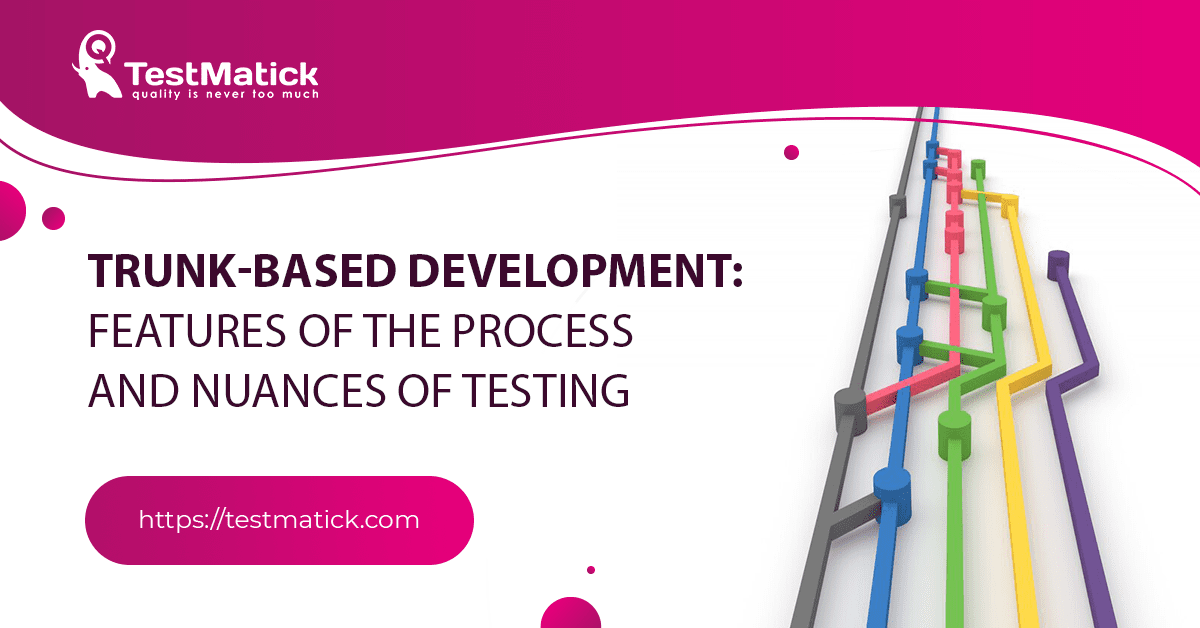Trunk-based development is special control of versions, where programs integrate small parts of the update with the central “backbone” or a basic branch. This method allows to minimize the risks of merging and integration, and also has a positive effect on the CI/CD process, speeds up software delivery, and optimizes the overall performance of the organization.
In the early days of software development, some programmers simply did not have all the version control tools available now. They simply had to create two versions of the software at the same time in the order to monitor changes and, if necessary, roll back the versions. Gradually, this process was considered laborious, financially expensive, and highly time-consuming.
With the gradual development of version control systems, various development styles began to appear. It allowed the development department to more easily and quickly find defects, create software code in parallel, and increase the frequency of releases. In today’s reality, many programmers use one or more development models to create good software, from git-flow to trunk-based development processes.
The Concept of Trunk-Based Development
Trunk-based software development is a special method of version control in which programmers can connect small parts of updates to a central part of the product, or a basic branch. This is an average development model among DevOps teams because this approach allows optimizing development stages and quickly editing integrations (if needed).
Comparative Analysis of Git-Flow and Trunk-Based Development Processes
Git-flow is an alternative to GIT branching that uses long-playing functional branches and a couple of base branches. Git- flow uses many more branches, their duration of use is extremely long, and commits are more voluminous than in the trunk-based software development strategy model.
Based on this model, programmers can develop a functional branch and postpone its merger with the underlying backbone until the parameter is completed. Such long-term functional branches require constant interaction of programmers at merging since they cause the occurrence of deviations from the main branch and the realization of conflicting updates.
But the trunk-based development of a web product is much easier since the base branch acts as the basis for patches and future releases. This model assumes that the main branch is always stable, free of defects, and ready for widespread deployment.
Advantages of Using Trunk-Based Development
Continuous Integration of Software Code
The trunk-based development model relies on having a repository with a steady stream of commits that follow the backbone branch. The process of continuous integration is obtained by adding a certain amount of automated checks and monitoring the coverage of the program code for a given commit stream. After the new code is merged with the backbone, its quality is tested. For these purposes’ programmers activate automated checks for integration and code coverage.
Continuity of Code Testing
With constant and small commits within the trunk-based development model, software code testing becomes much more efficient. With a small number of branches, programmers can instantly start reviewing and analyzing small changes. This is very convenient and much easier than working with long-term functional branches where a QA engineer has to “read” many pages of code or manually test a large area of modified program code.
To Summarize
The trunk-based development model is now considered the highest standard for the basics of high product team performance, as this work methodology allows you to optimize frequent releases by leveraging a git branching strategy. Also, the trunk-based model allows for greater flexibility and complete control over the delivery of software to end customers.










Leave A Comment